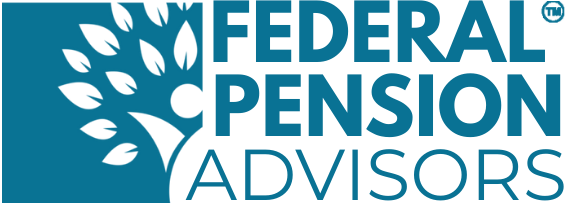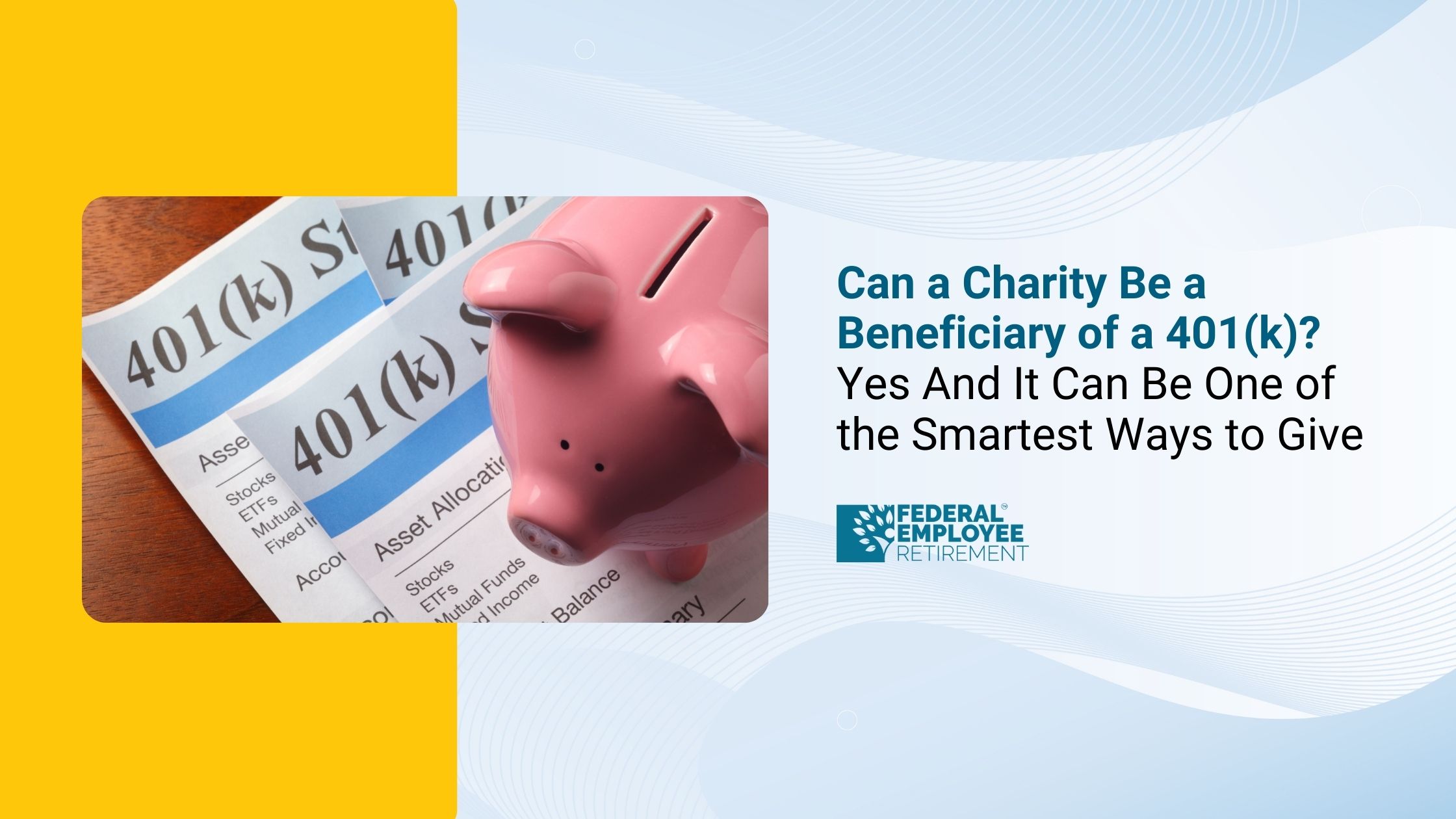You’re not alone; 4,359 federal employees booked their free review.

2026 IRA Contribution Limits (and Roth IRA Limits Explained for Federal Employees)
Disclosure: Some 2026 figures remain projected based on official IRS inflation-indexing formulas and 2025 release patterns. The IRS typically issues final limits for the upcoming year in late October or early November for 2025, that occurred on November 1, 2024.
This guide will be updated promptly once all 2026 numbers are official.
Why 2026 Contribution Limits Matter
Each fall, the IRS adjusts contribution limits across major retirement accounts to reflect inflation. For most workers, that means a small annual bump.
But for federal employees, these numbers carry extra weight they determine how efficiently your FERS pension, TSP, Roth IRA, and outside plans work together.
After 2023’s inflation spike, 2026 marks a return to “normal” increases. The numbers may look small $500 or $1,000 but over a career, those tiny annual boosts compound into tens of thousands of extra tax-advantaged dollars.
2026 Contribution Limit Overview (Projected and Final)
HSA and FSA limits are official for 2026 under IRS Rev. Proc. 2025-19 and Rev. Proc. 2025-32. Other figures remain projections until the IRS issues its annual COLA notice later in November 2025.

Roth IRA 2026 Contribution Limit and Income Ranges
If you’re under 50, your Roth IRA 2026 contribution limit is $7,500.
If you’re 50 or older, you can contribute $8,600 (includes a projected $1,100 catch-up).
Projected 2026 Roth IRA MAGI Phase-Out Ranges
- Single: Full up to $153,000; partial until $168,000; none above $168,000
- Married Filing Jointly: Full up to $242,000; partial until $252,000; none above $252,000
If your income exceeds those ranges, the Backdoor Roth IRA remains a legal workaround to keep building tax-free retirement dollars.
SECURE 2.0 Act Updates Federal Employees Will Feel in 2026
1. Mandatory Roth Catch-Ups (for High Earners)
Starting January 1, 2026, anyone earning $150,000 or more in Social Security wages must make all catch-up contributions as Roth (after-tax).
The IRS delayed full enforcement of this rule to 2027, but the law itself still applies in 2026, meaning most agencies and plans will begin adjusting payroll systems next year.
Advisor Tip:
If you’ll cross the $150k wage line, expect your 2026 TSP or 401(k) catch-ups to be Roth. Review your cash-flow and withholding now.
2. Enhanced Catch-Ups (Ages 60–63)
Beginning in 2025, participants aged 60–63 can contribute the greater of $10,000 or 150% of the standard catch-up.
For 2026, that means roughly $11,500–$12,000 of extra deferrals on top of the base limit.
401(k), 403(b), and TSP 2026 Limits
- Employee deferral: $24,500 (projected)
- Catch-Up (50+): $8,000
- Super Catch-Up (60–63): up to $12,000
- Total additions (employer + employee, 415(c)): $72,000
Important for Federal Employees:
The 415(c) “annual additions” limit aggregates across all DC plans under the same employer.
However, 403(b) plans are sometimes treated as separate unless your employer or agency is part of a controlled group. Always confirm aggregation rules before doubling up between TSP, 401(a), or 403(b).
457(b) Plan Limits for 2026
The 457(b) limit will rise to $24,500.
Federal and many state/local employees can contribute to both a TSP (401(k)) and a 457(b) plan separate deferral buckets.
Governmental 457(b) plans also offer a special catch-up option during the three years before your normal retirement age, potentially doubling the deferral limit.
(You can’t use that and the standard age-50 catch-up in the same year.)
HSA and FSA 2026 Updates Now Final
- HSA 2026 limits: $4,400 (single) / $8,750 (family) + $1,000 catch-up (55+)
- Healthcare FSA 2026 limit: $3,400 (+ $680 carryover)
- Dependent-Care FSA: unchanged at $5,000 per household ($2,500 if married filing separately)
Why it matters:
For federal employees on high-deductible health plans, HSAs deliver triple tax advantages and can cover retiree healthcare tax-free, a powerful complement to your FERS and TSP.
Also read - Roth IRA vs Roth TSP
Compensation & Phase-Out Limits for 2026

Social Security COLA Context
Recent cost-of-living adjustments (COLA):
- 2023: 8.7%
- 2024: 3.2%
- 2025: 2.5%
- 2026: TBD (estimated ~2.6–2.8%)
These COLA patterns influence inflation-linked thresholds across retirement accounts, though the connection is indirect.
How to Coordinate All These Accounts (Federal Advisor’s Playbook)
Example (Age 58 GS-15, $165k Wages in 2026):
- $24,500 TSP deferral (Traditional or Roth)
- $8,000 age-50 catch-up (Roth if ≥ $150k wages)
- $7,500 Roth IRA + $1,100 catch-up
Total sheltered: ≈ $41,100 + agency match
Strategy Highlights:
- Pair Roth IRA or Roth catch-ups with Traditional TSP to manage future tax brackets.
- Use HSAs as stealth retirement accounts for healthcare.
- Confirm aggregation rules before funding multiple plans.
- Plan cash-flow now for Roth-only catch-ups in 2026.
Key Takeaways for Federal Employees
- Modest inflation = modest limit increases, but they still compound meaningfully over time.
- Roth catch-ups start in 2026 for high earners; full enforcement by 2027.
- HSAs & FSAs finalized update payroll elections now.
- Mind the 415(c) aggregation rules if you hold multiple plans.
- Coordinate tax diversification: Traditional TSP + Roth IRA = flexibility in retirement.
Final Thought
The 2026 Roth IRA contribution limits and other inflation-adjusted thresholds reflect a steadier economy and a chance to fine-tune your retirement strategy.
For federal employees, small adjustments today like optimizing catch-ups or coordinating TSP and IRA contributions can compound into major gains at retirement.
If you’re unsure how these updates affect your plan, now’s the time to review your payroll elections and contribution mix before the IRS releases final figures later this November.
Disclosure & Disclaimer:
The information provided in this article is for educational and informational purposes only and reflects projected 2026 IRS contribution limits based on current inflation data and prior-year adjustment formulas.Final 2026 retirement plan limits (for Roth IRA, 401(k), TSP, HSA, FSA, and related accounts) will be published by the Internal Revenue Service (IRS) in late October or early November 2025.


Get Updated
Subscribe to our weekly updates for the latest on retirement planning, federal benefits, exclusive webinars, and more!
Download Federal Retirement: Step-by-step Checklist
This comprehensive guide will help you understand your federal benefits, optimize your savings, and plan for a comfortable future.



.png)








